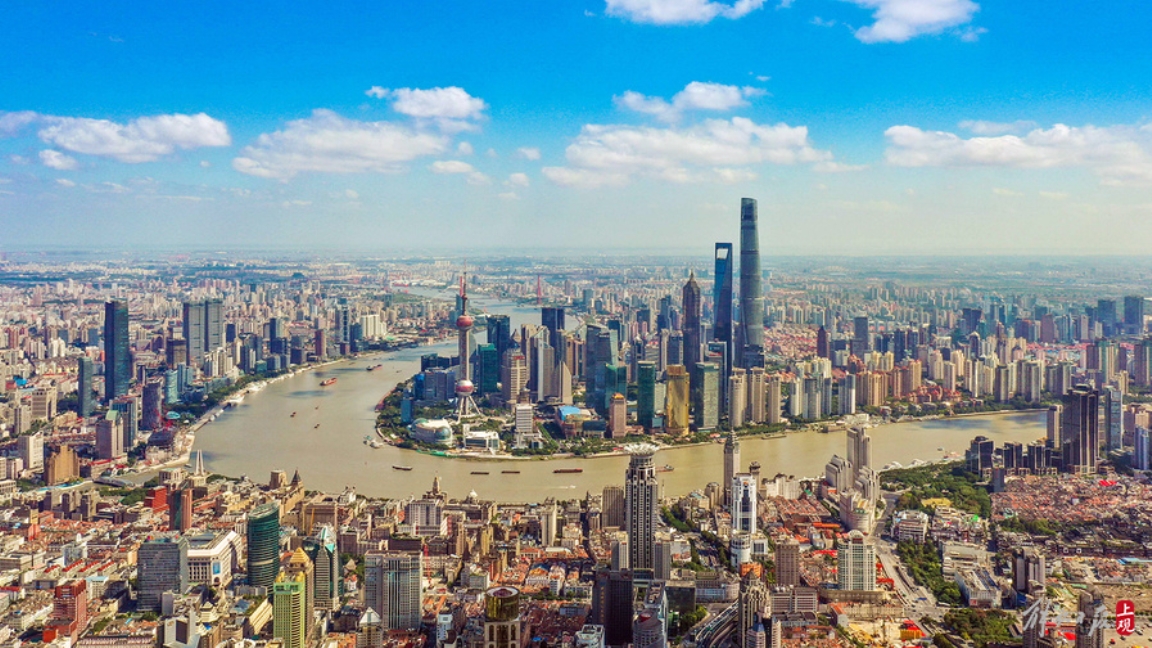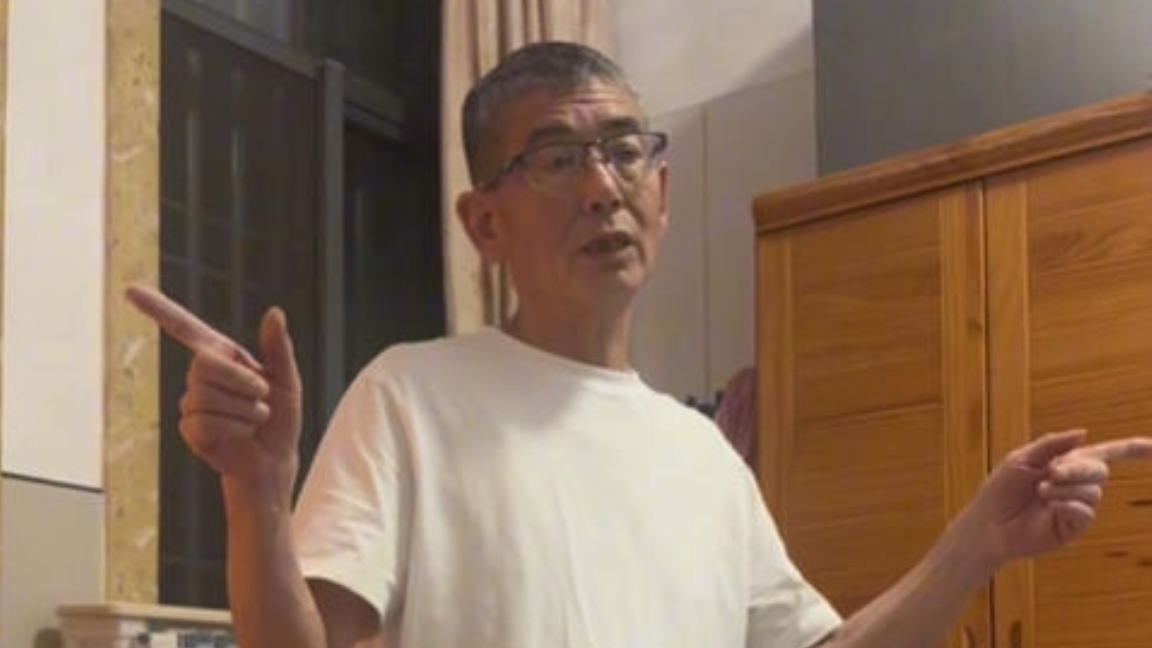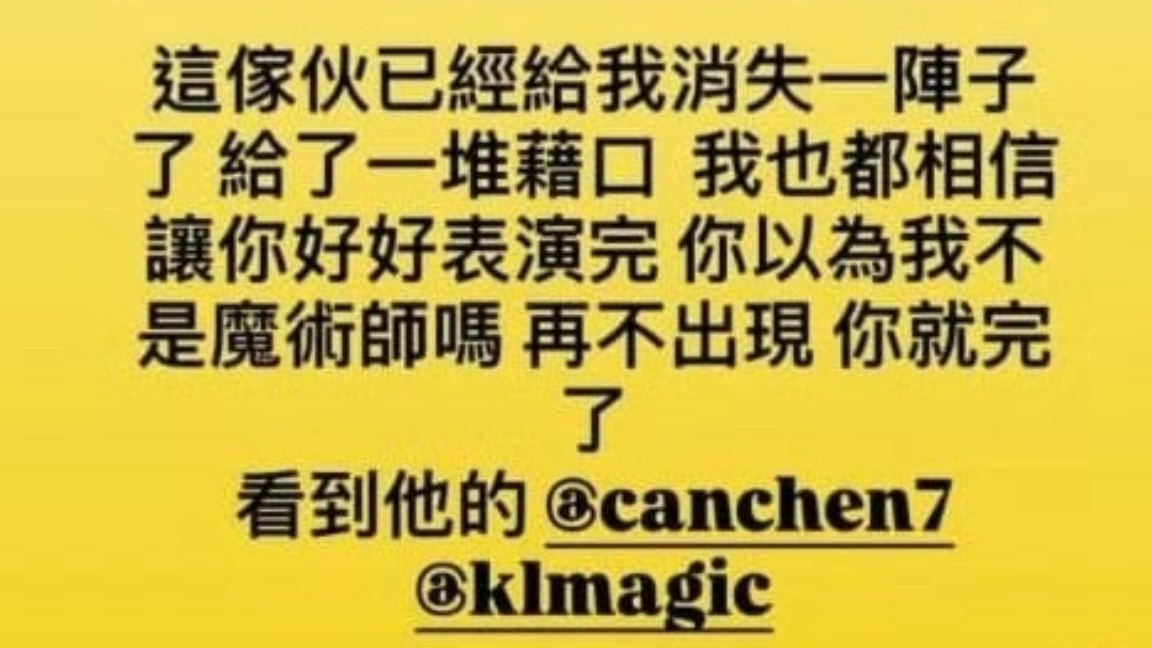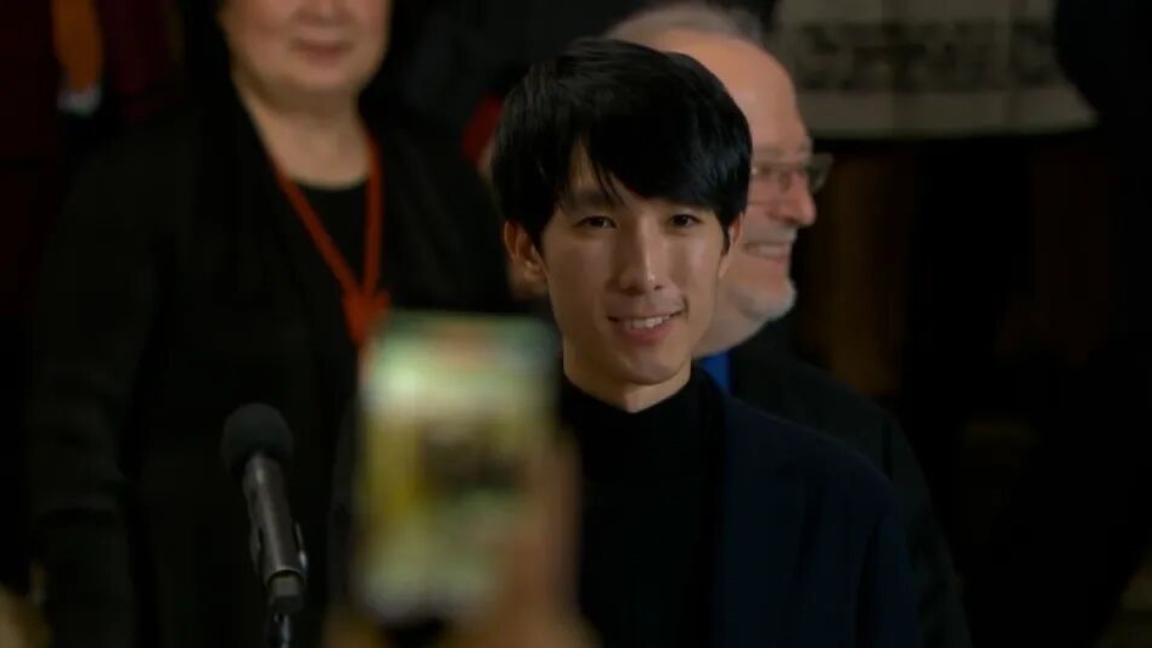Baoshan Focuses on Urban Renewal, River Revitalization, and Cruise Economy
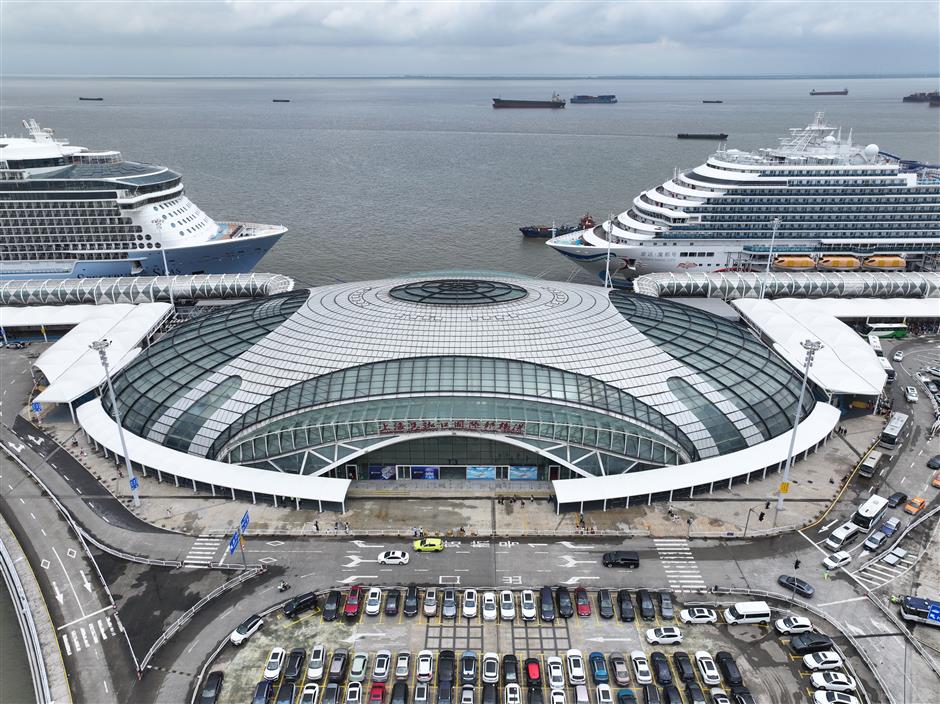
Baoshan District in northern Shanghai aims to transform its aging industrial zones and riverside areas into vibrant centers of innovation, culture, and tourism, district leaders announced on Thursday.
Officials highlighted the significant progress made during China's 14th Five-Year Plan (2021–2025), laying a strong foundation for the district's next phase of development.
Baoshan Party Secretary Li Chenhao noted that the district's economy experienced steady growth over the past five years. In 2024, its gross domestic product surpassed 210 billion yuan (US$29.5 billion), driven by robust growth in both the industrial and service sectors.
Li emphasized that Baoshan is becoming an integral part of Shanghai's innovation landscape. The district has formed partnerships with Fudan University, Tongji University, and Shanghai University to establish science parks and research centers. These initiatives have facilitated the transformation of nearly 300 research outcomes into viable businesses.
Baoshan is actively redeveloping its two major former industrial zones – Nanda Smart City and Wusong Innovation City – as new engines of growth.
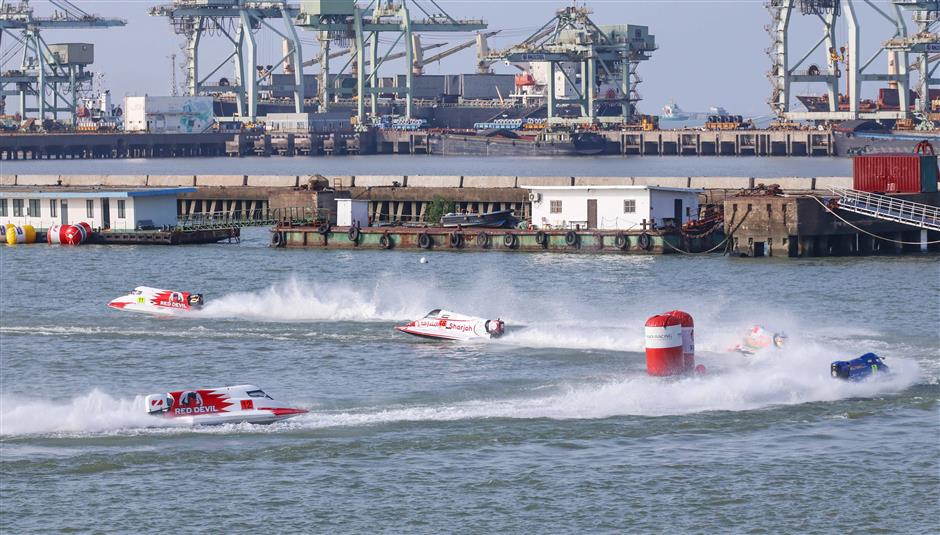
The Nanda Smart City, stretching 6.3 square kilometers, was once a traditional manufacturing area. It is now a high-tech district focused on the digital economy, robotics, and life sciences.
The area includes Shanghai University's Intelligent Robotics Institute and several major corporate headquarters.
District Director Deng Xiaodong said more than 2,100 companies have registered in Nanda, bringing total investment of 35 billion yuan.
A new Central Park, covering 200,000sqm, equivalent to about 30 standard football pitches, has become a local landmark and hosts cultural events such as the Nanda Music Festival.
The Wusong Innovation City project is part of a broader 110sq km plan known as "Greater Wusong."
The area is being redeveloped from old steel and chemical plants into a modern urban hub that combines housing, business, and public space.
The upcoming Baoshan High-Speed Railway Station, expected to open in 2027, will link Wusong directly with the Yangtze River Delta.
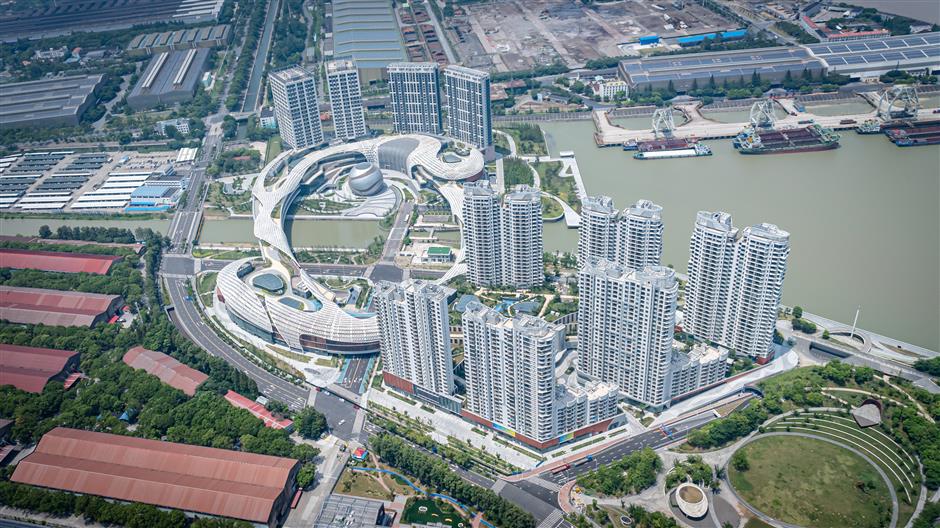
The Wenzaobang River, known as Baoshan's "mother river," is undergoing major environmental and cultural renewal.
Once lined with warehouses and factories, the 16.6km river now features parks, walkways, and cultural venues.
Creative spaces like Wisdom Bay and Peninsula 1919, which blend art, design, and technology, have transformed the old industrial buildings along the river.
Over 8km of riverbank have reopened to the public, with new paths and viewing platforms allowing residents to reconnect with the water.
"The river is changing from an industrial belt into a science and innovation corridor," Deng said.
Baoshan is also strengthening its position as China's cruise capital. The Wusongkou International Cruise Terminal, Asia's largest, handled about 70 percent of China's cruise passengers in the first half of 2025.
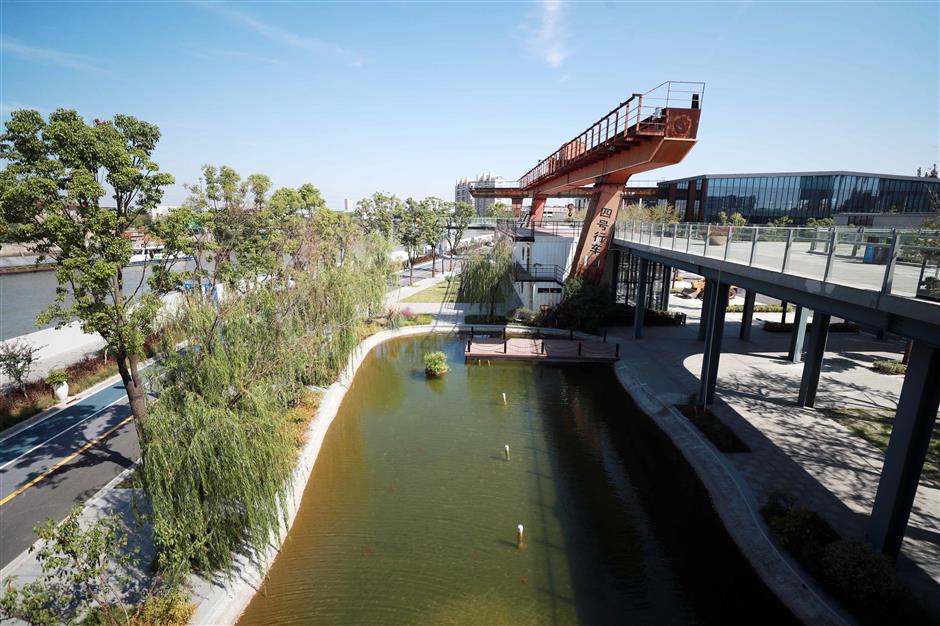
According to Jiang Ruiqin, director of the Baoshan Riverside Commission, the terminal is being upgraded into a national cruise tourism resort.
The area now includes diving, surfing, and waterfront leisure facilities, as well as new hotels and retail complexes. A Marriott Hotel and a duty-free shopping center will open next year.
In March, the port welcomed nearly 4,800 foreign visitors in one day, setting a new national record. "We are turning cruise traffic into tourism growth," Jiang said.
Baoshan's next goal, during the 15th Five-Year Plan (2026–2030), is to strengthen its "One Core, Two Wings" layout – with Wusong as the main urban core, the eastern riverside for cruise and port industries, and the western Nanda area as a science and innovation hub.
Party Secretary Li said Baoshan aims to become a model of green, innovative, and livable urban development, linking Shanghai more closely with the Yangtze River Delta and global networks.
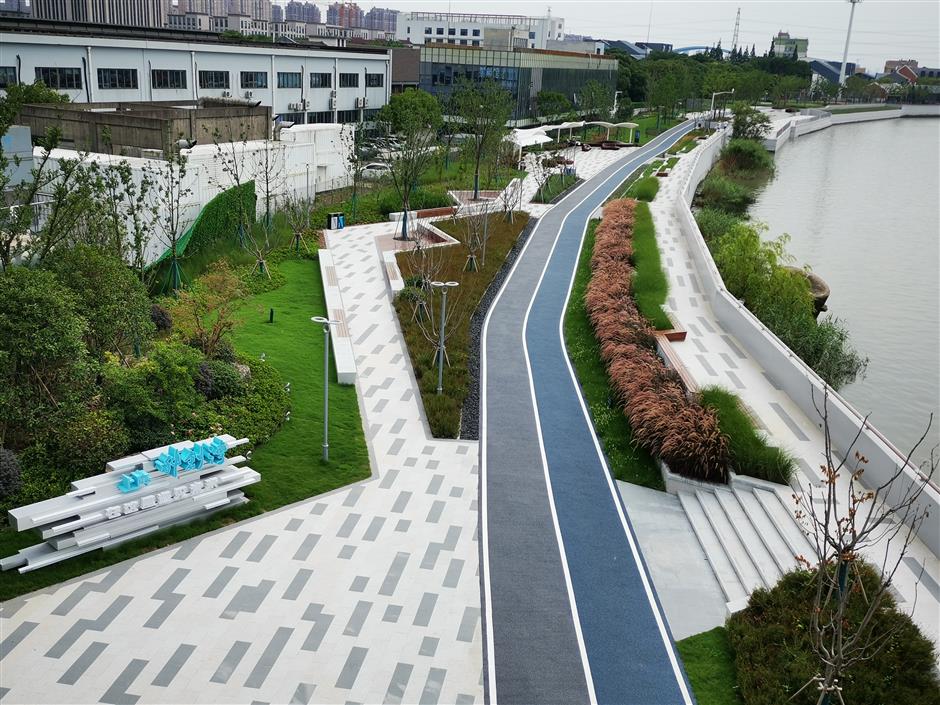


In Case You Missed It...


